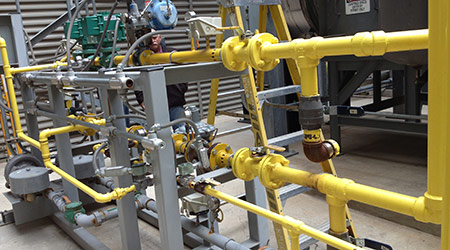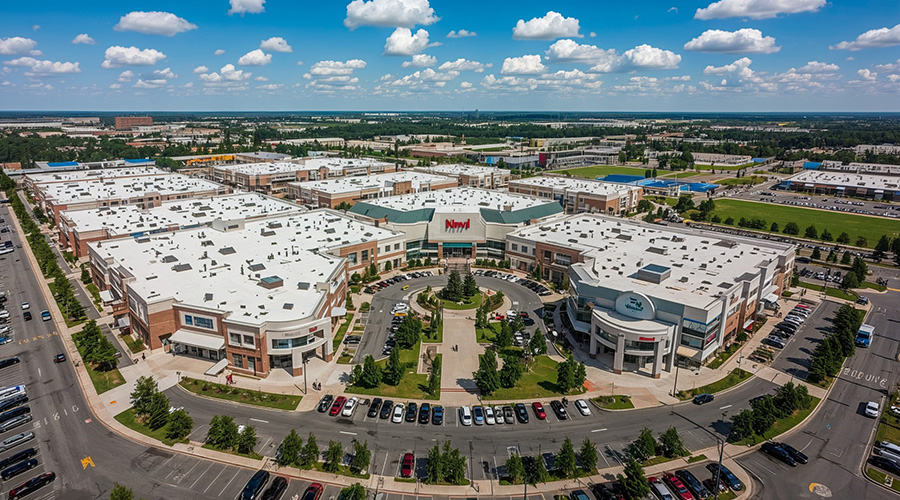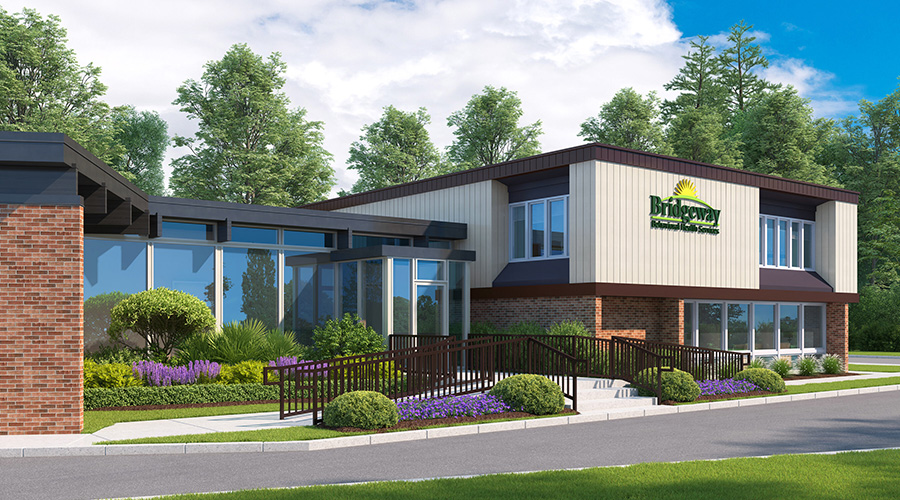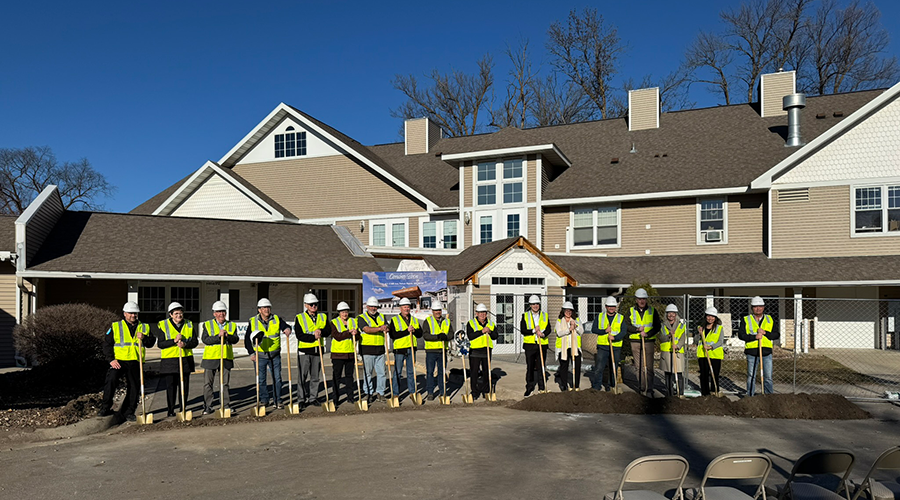From damage caused by extreme weather events to dangerous cyberattacks, utility service disruptions pose significant risks to facility managers in today’s connected world. Power dependent systems control everything from a building’s temperature to humidity levels, to communication and access.
A loss of power can have devastating effects, particularly in hospitals and healthcare facilities that need reliable power to keep their patients alive and healthy. As organizations become more reliant on quality power, many are opting to take control of their own energy resiliency through on-site power generation. CHP—Combined Heat and Power or cogeneration—is one method of on-site generation that has been steadily increasing in popularity.
What is CHP?
Combined Heat and Power systems are a cost-effective method to simultaneously address energy efficiency and secure supply, while achieving overall emission reduction. These systems can be identified as either electrical generation plants which utilize waste heat production for more useful purposes or, as heating generation plants which provide the benefit of generating electricity as a by-product.
Natural gas driven CHP systems use fuel more efficiently, economically, and reliably - with less harm to the environment than producing heat and electricity through separate production means. It is recognized globally as one of the most reliable and efficient means to produce end-use energy from fossil fuels.
Nearly two-thirds of the energy used by conventional electricity generation is wasted in the form of heat that is discharged to the atmosphere.
In a nutshell, CHP is a solution to this problem that generates electricity and captures the heat that would otherwise be wasted to provide useful thermal energy—such as steam or hot water—that can be used for space heating, cooling, domestic hot water and/or industrial processes.
Natural gas prices are lower than ever, and many healthcare facilities are seeing CHP as a cost-effective approach to providing their own reliable heat and power.
CHP poses distinct advantages over other sources of on-site power generation—such as solar, wind, or fuel cell technology— in that it provides two sources of end-use energy (heat and power) through familiar means (boilers and engines).
Many companies—hospitals in particular—have the perception that they want to be entirely off-grid. These companies often fantasize about the use of CHP to this end, but frequently overlook that these plants will be oversized, generating expensive electricity as they struggle to find places to use the heat. Developing an energy resiliency plan that meets the unique goals of the facility is key to balancing these challenges and needs with an honest economic analysis. A realistic approach that has been gaining steam with healthcare facilities is reducing load via CHP while remaining connected to the power grid.
CHP for hospitals
Hospitals in particular are unique in terms of their heat and electricity demands. Having a high heat profile due to necessary temperature regulation and similar operations makes them the perfect candidates for a combined CHP and power grid approach.
Utilizing CHP in hospitals is cost-effective because it performs the work of two systems simultaneously, improving energy efficiency, reducing carbon emissions and lowering utility costs. CHP’s main fuel source is natural gas and, as gas prices are lower than ever, this approach is not only energy efficient, but cost-effective as well.
As an example, Southland Industries provided design-build services at the Dallas VA to provide a natural gas turbine generator producing 4.5-MW of electricity. To enhance energy security, solution incorporated the capability for the gas turbine to operate in an “island mode” configuration.
This included a black-start diesel engine generator to provide start-up power to the CHP in a case of a loss of utility power. The steady, reliable gas source and a way for the facility to use heat provided an energy demand reduction of nearly 40%, saving $5,000,000 in annual utility costs.
As more organizations become reliant on the powered systems, our power needs are evolving, and ensuring the availability of reliable, cost-effective power is critical. The relationship organizations have with the utility grid is changing with more end users opting to take partial control of their own power through on-site generation. CHP is one strategic, long-term approach that is not only energy efficient, but cost-effective as well.
John Campbell is a Contract Executive for Southland Industries.

 Healthcare Is the New Retail
Healthcare Is the New Retail Bridgeway Behavioral Health Services Launches Campaign to Renovate Health Center
Bridgeway Behavioral Health Services Launches Campaign to Renovate Health Center Ground Broken for New North Dakota State Hospital
Ground Broken for New North Dakota State Hospital AI Usage for Healthcare Facilities
AI Usage for Healthcare Facilities Ground Broken on Pelican Valley Senior Living Modernization Project
Ground Broken on Pelican Valley Senior Living Modernization Project